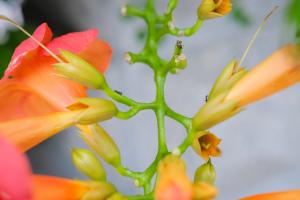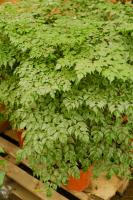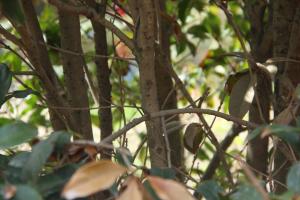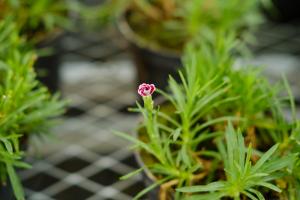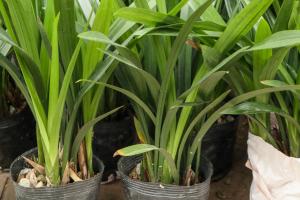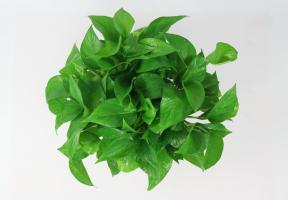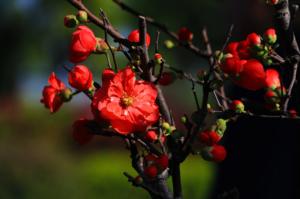Can You Plant Elm Trees?
Elm trees are known for their majestic beauty and are often chosen for landscaping projects. However, with the arrival of Dutch elm disease in the early 1900s, many elm trees have been destroyed. Despite this, many gardeners still want to plant elm trees in their yards. The question is, can you plant elm trees?
Choosing the Right Elm Tree Variety
The answer to this question is yes, but with a caveat. Not all elm tree varieties are resistant to Dutch elm disease. It’s crucial to choose the right type of elm tree before planting it in your yard. Before you plant an elm tree, it’s essential to do your research and opt for a species that’s resistant to Dutch elm disease.
One such variety is the American Elm. It’s one of the most popular elm tree species that grows well in various regions of North America. The Chinese Elm is another popular option, and it’s known for its durability and ability to thrive in a wide range of soil types.
The Planting Process
Once you’ve selected a suitable elm tree variety, it’s time to start the planting process. Before planting an elm tree, it’s necessary to determine the best location in your yard. Elm trees require plenty of sunlight to grow and thrive, so it’s essential to choose a spot that receives enough sun.
The next step is to dig a hole that’s three times wider than the tree’s root ball. Gently remove the tree from its container and place it in the hole. Backfill the hole, ensuring that the soil is packed tightly around the roots. Water the tree thoroughly to help it settle in and establish a strong root system.
Care and Maintenance
Elm trees require proper care and maintenance to thrive. Watering is essential, particularly during hot summer months when the soil can dry out quickly. It’s also necessary to fertilize elm trees in the early spring and fall to ensure that they receive adequate nutrients.
Regular pruning can help to maintain the tree’s shape and improve its overall health. It’s also essential to keep an eye out for any signs of Dutch elm disease, such as yellowing leaves or wilted branches. If you notice any symptoms, it’s crucial to act promptly and seek professional help to save the tree.
The Bottom Line
In conclusion, yes, you can plant elm trees. However, it’s crucial to choose a variety that’s resistant to Dutch elm disease and provide proper care and maintenance to ensure that the tree thrives. Elm trees are a beautiful addition to any yard, and with a little effort, you can keep them healthy and strong for years to come.

 how many times do yo...
how many times do yo... how many planted tre...
how many planted tre... how many pine trees ...
how many pine trees ... how many pecan trees...
how many pecan trees... how many plants comp...
how many plants comp... how many plants can ...
how many plants can ... how many plants and ...
how many plants and ... how many pepper plan...
how many pepper plan...